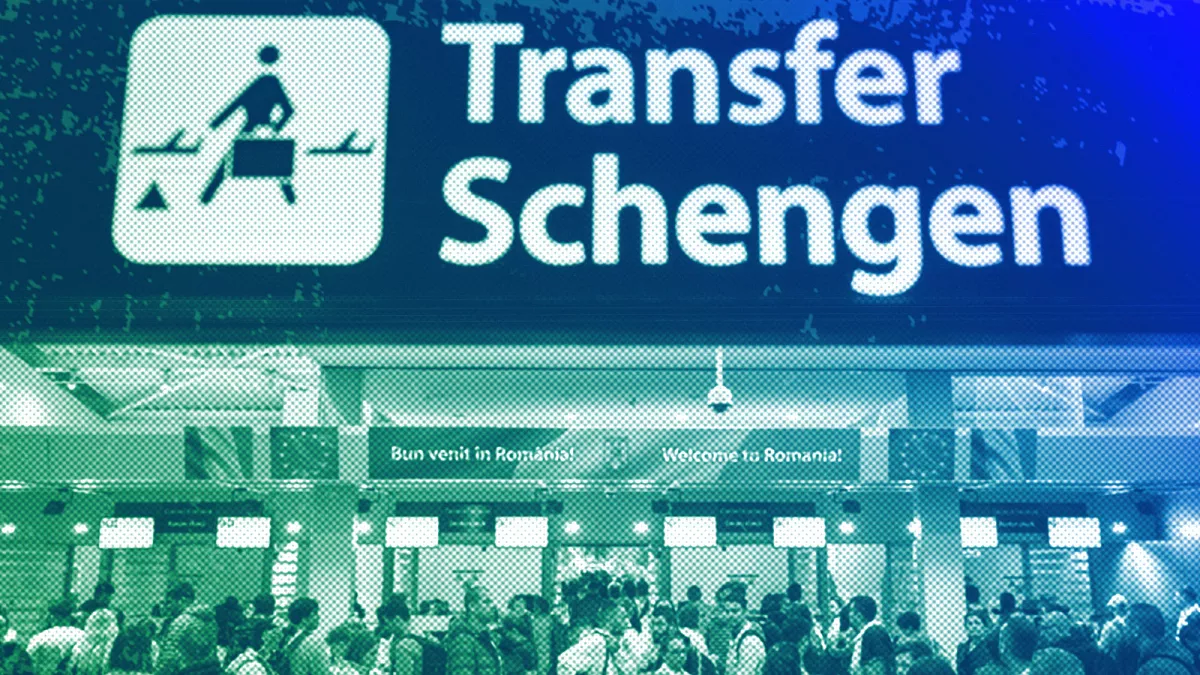
Digitalization, while well-meaning, could add complexity for applicants and increase the workload for consular staff, writes Michel Dejaegher.
The European Parliament is working on reforming the visa application process in the Schengen area, transitioning from a system where travelers must apply in person for physical visa stickers to a fully digital system. Under this new approach, travelers will no longer apply for individual visas but will instead use a unified EU visa platform, where they can download an e-visa directly to their smartphones.
Applicants will only need to upload digital copies of their travel documents and supporting materials, followed by payment of the visa fees. This could streamline the process for travelers, and it’s commendable that European governments have reached an agreement in principle. In theory, this should be a smooth process. However, practical challenges are likely to arise.
Different countries, different rules
Implementing a digitalization system across nearly 30 countries is more complex than when a single country introduces such a system. The Schengen visa system is based on common rules, which is an impressive achievement given the different national policies, but there are still exceptions that the digital platform will need to accommodate.
For example, the platform must inform applicants whether they require a visa or not. While many visa waivers are consistent, there are exceptions such as for those seeking employment, airline and ship crews, holders of diplomatic passports, and school children. Additionally, the platform will need to list all the supporting documents required, but these lists are often too general and vague. Applicants will need clear and precise guidelines to ensure they provide the right documentation.
Confusion due to varying requirements
Supporting document requirements differ between Schengen countries. For instance, French consulates require a formal invitation from a family member or friend, while other countries accept different types of invitations. Similarly, the daily minimum financial resources required can vary by country. As travelers may visit multiple Schengen countries, the platform will need to determine which country is responsible for processing the visa based on the “main destination” and track the number of days spent in each country to calculate the financial requirements. Furthermore, the platform must handle national exceptions to the standard visa fees.
In short, the new online process could create confusion for applicants, as they will be asked many questions. Some countries are already requiring or planning to ask external service providers to scan all pages of applicants’ travel documents in multiple colors for security purposes, though the EU regulation currently only requires a single color scan of the identity page. It’s uncertain whether Schengen governments will relax these security measures.
Increased complexity for consulates
Digitalization, though intended to improve efficiency, could increase complexity for applicants and overwhelm consulates with queries, leading to a heavier workload for consular staff. Schengen governments may face the choice of allowing unregulated commercial intermediaries to assist applicants for a fee or continue regulating external service providers to ensure controlled visa processing and support services, which could ease the burden on both applicants and consulates.
Many countries already use external service providers to handle non-judgmental visa-related tasks, such as managing biometric data and accepting visa applications. Outsourcing these tasks allows consular staff to focus on the essential job of approving or denying applications, rather than handling administrative or procedural questions.
In an age of smartphones and technology, digitalization can be a step forward. However, it will likely require the involvement of external service providers to ensure the system runs smoothly.
Michel Dejaegher is a former head of the French Central Visa Department and former consul general in Algeria, Canada, and Japan. He was also a member of the Schengen visa working group and a co-writer of the European Union Visa Code.


















